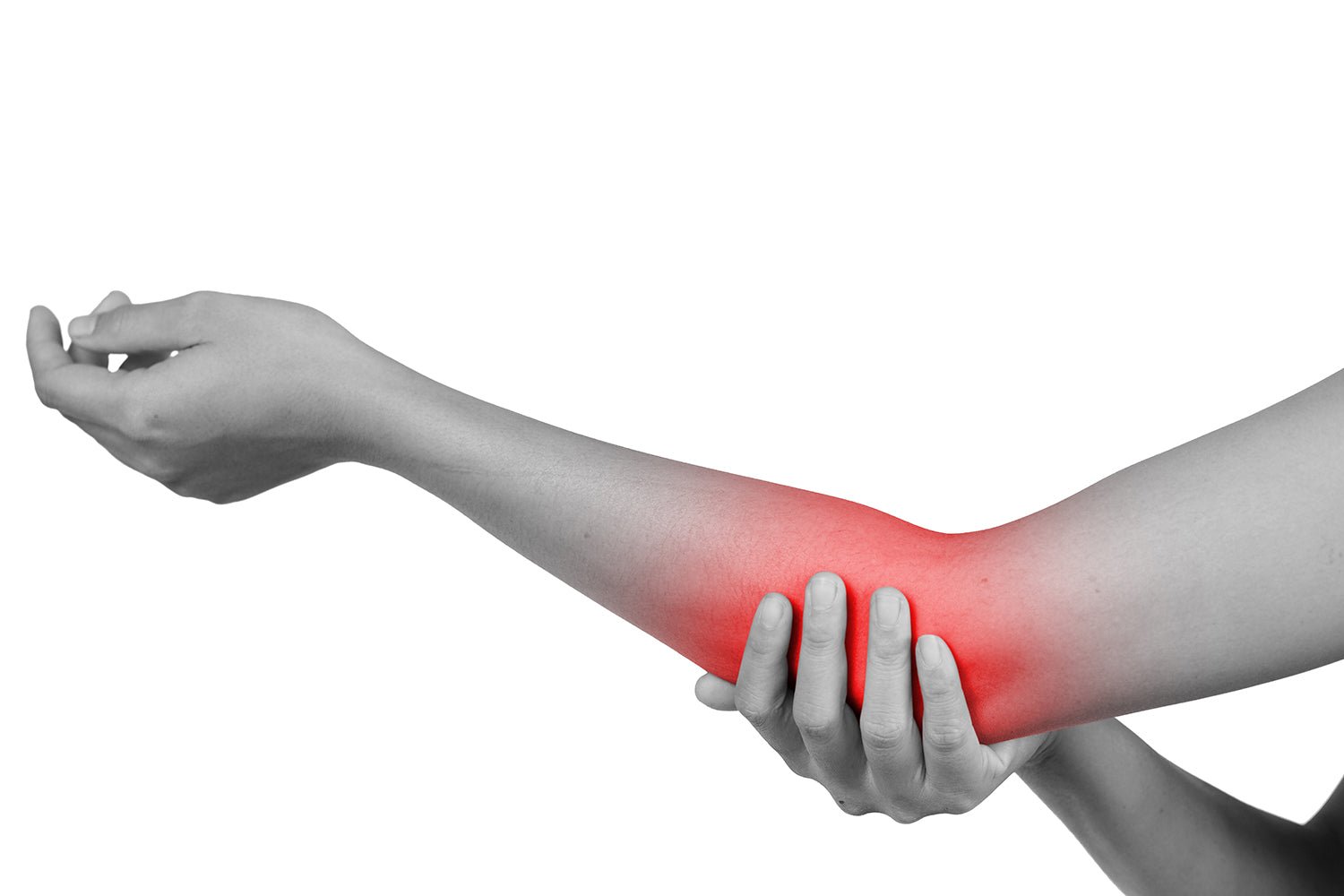
Joint pain is one of the most common conditions in today’s generation, especially in elders and obese individuals. If you have joint pain, you know how hurtful and annoying this condition can be. You may often turn to pharmaceutical medicines for pain treatment, which may affect you long-term.
Fortunately, there are a variety of foods and natural supplements that can help alleviate pain and discomfort. You may now be wondering how basic foods and supplements can help you relieve joint discomfort.
Dear pals, many foods we eat are natural remedies for various diseases and are high in several potential nutrients. Turmeric, collagen, green-lipped mussel oil, and different other foods have been scientifically proven to improve joint pain and give sacroiliac joint pain relief. Let’s look at some of these incredible foods in this article. Let’s go!
Types of joint pains
Knee pain, elbow pain, neck pain, shoulder pain, hip pain, foot pain involving your ankle and toes, hand pain such as your wrist and thumb joint pain, and sacroiliac joint pain are all examples of joint pain. You may experience discomfort in one or more joints simultaneously.
A variety of factors can cause joint discomfort. It could be due to some mere accidents, injuries, or a long-term issue like arthritis. Joint pain due to injuries might disappear after proper treatment and healing, whereas in arthritis, there is persistent joint pain.
Sacroiliac joint pain is often caused due to a variety of reasons, including pregnancy, childbirth, stress on the bones in the lower back, lower back surgery, and gait issues. The below-mentioned remedies can be used for SI joint pain relief too. Your symptoms may help you figure out what’s causing your trouble. It’s best to get professional assistance for confirmation.
A brief about arthritis
Arthritis is a concept that applies to a range of physiological disorders that produce joint pain, soreness, and edema due to inflammation and tissue injury. Rheumatoid arthritis, osteoarthritis, gout septic arthritis, spondyloarthropathies, lupus erythematosus, Psoriatic arthritis, infectious arthritis, and many others are identified as types of arthritis. But, no matter what their names are, they all have one thing in common: joint pain.
Rheumatoid arthritis and osteoarthritis are the two most common kinds of arthritis. In a nutshell, the former is an autoimmune illness in which your immune system attacks and damages your joints, whereas the latter is joint deterioration caused by overuse. According to a survey, this painful ailment affects 28.9% of women and 20.9% of men in the United States.
The synovium, a protective membrane between your joints that prevents friction, becomes inflamed in this condition. This inflammation causes the synovium to thicken, damaging your cartilages, bones, ligaments, and tendons. This will induce distortion of the joints and pain over time. If one side of your body is damaged, the other side will likely be damaged too.
Best foods for joint pain management
Turmeric
Curcuminoids in turmeric reduce swelling and soreness by stopping bone deformation and inflammation of the synovial membrane (the membrane between your joints). Turmeric lowers the pain caused by joint inflammation by inhibiting inflammation in the joint tissues.
Collagen
Collagen supplements, especially New Zealand collagen peptide capsules, have been shown in specific trials to improve and even prevent the symptoms of osteoarthritis. It helps maintain cartilage around the bones. Cartridges are the ones that prevent friction between two bones. Around 73 sportsmen who consumed 10 g of collagen reported less joint discomfort in research. Collagen is particularly effective at reducing inflammation, relieving pain, and strengthening your joints. It's best for SI joint pain relief.
Ginger
The effectiveness of ginger against joint pain is scientifically well validated. In a study, ginger and several active chemicals were found to prevent the generation of inflammation-inducing molecules in human bodies. As a result, the symptoms of arthritis are lessened. In a research conducted in 2001, 261 people with osteoarthritis were given ginger extracts, and after six weeks, 63 percent of them reported less discomfort, particularly around the knee. According to another study, treating rats with ginger extracts reduces inflammation by lowering the production of specific inflammatory markers. It can be helpful for every joint problem, including thumb joint pain relief.
Broccoli
Broccoli has several bioactive compounds that help with rheumatoid arthritis. Sulforaphane is one such chemical that inhibits the progression of rheumatoid arthritis. Studies have shown Sulforaphane to suppress the generation of inflammatory markers in the body. A study of 1005 women found that eating cruciferous vegetables like broccoli regularly lowers the levels of inflammatory markers in the blood. This will help to relieve joint discomfort and swelling.
Green-lipped mussels oil
Green-lipped mussel oil has been proven to be helpful in the treatment of arthritis, diabetes, and other chronic inflammation-related issues. Leukotriene and cyclooxygenase, both of which cause inflammation, can be considerably reduced by eating enough green-lipped mussels or green-lipped mussel extracts daily. Omega 3, 6, 7, and 9 are all present in the oil of green-lipped mussels.
It has a peculiar omega-three called eicosatetraenoic acid, making it several times more potent than the regular omega sources. Green-lipped mussels are also high in chondroitin sulfate, which has anti-inflammatory properties.
That’s it, pals. Choose your diet wisely and get regular exercise as well. A healthy lifestyle is a promising way to manage joint pains. What do you say? Comment below!





